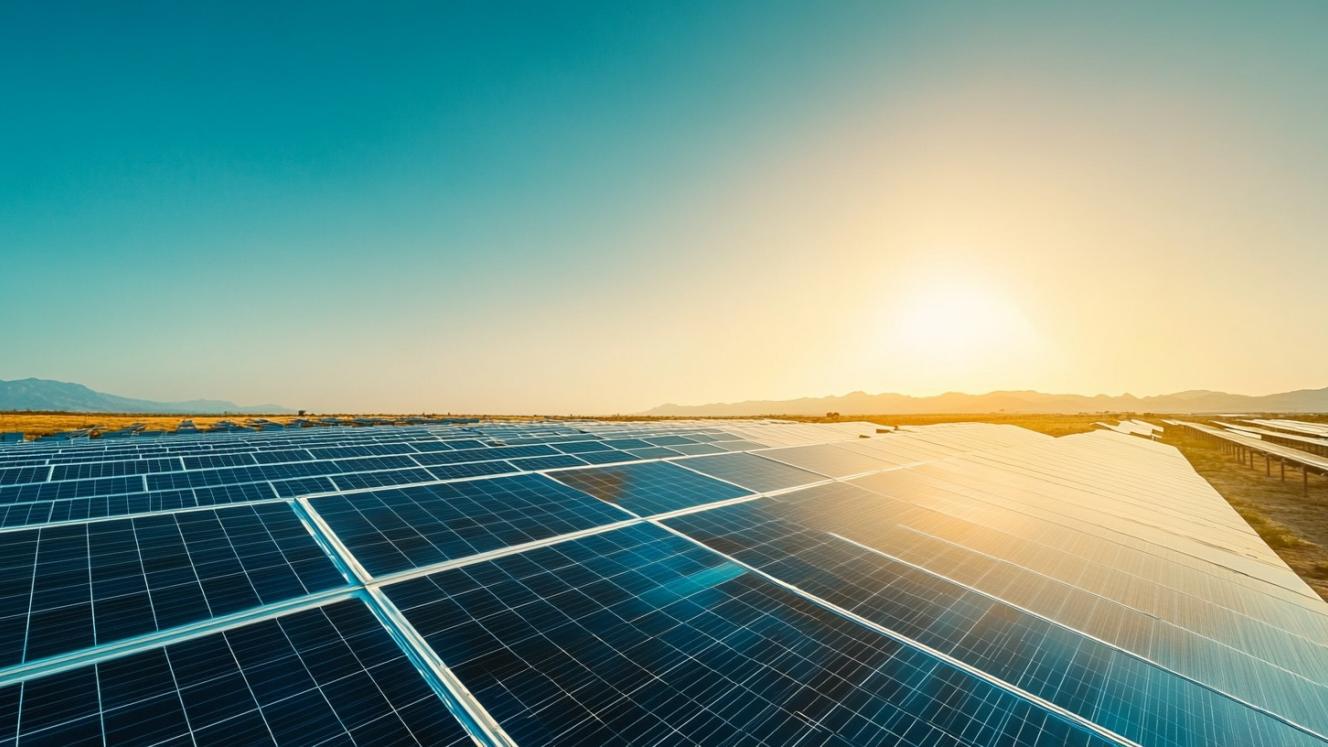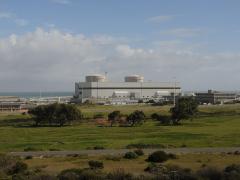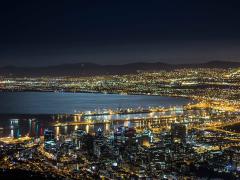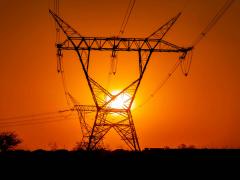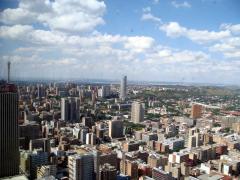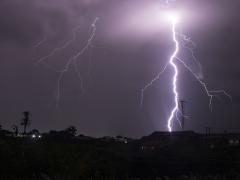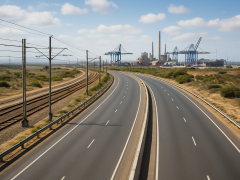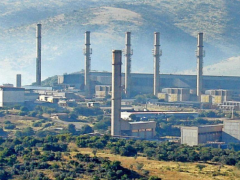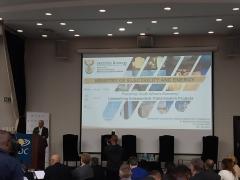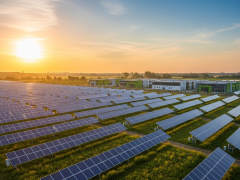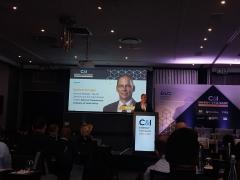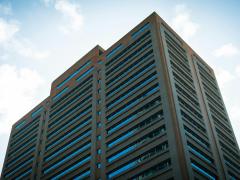South Africa risks entering a new energy crisis unless urgent reforms are made to unlock the full potential of renewable energy. This is according to solar provider GoSolr’s fourth edition of Light Paper Solar Update published in June 2025.
The white paper argues that South Africa’s energy regulations, tariffs and infrastructure remain misaligned with the country’s clean energy ambitions. “Our systems are ageing and breaking down, our regulations are crippling us and our national energy provider is standing in the way of progress,” says Andrew Middleton, CEO of GoSolr.
Despite recent system stabilisation, GoSolr says Eskom remains in crisis and is unlikely to meet future energy demand due to structural and funding constraints. The company highlights that Eskom has consistently fallen short of its energy availability targets, citing average energy availability for the first 20 weeks of each year: 53,0% in 2023 (target: 60%), 55,6% in 2024 (target: 65%) and 57,3% in 2025 (target: 70%).
GoSolr also questions the feasibility of the National Transmission Company South Africa’s plan to expand the grid by 14 000 km by 2033, noting that South Africa has historically managed to build only around 200 km of new transmission lines per year.
Regulatory challenges are a central concern. Middleton says the current framework penalises consumers for adopting solar. “We are being over-regulated – we keep going around in circles but don’t get anywhere,” the report states, citing the National Energy Regulator of South Africa and municipal rules requiring engineering sign-offs, application fees, meter upgrades and tariff changes.
While welcoming Eskom’s extension of the small-scale embedded generation registration fee exemption to March 2026, GoSolr is calling for the fee to be scrapped entirely.
Electricity tariff structures are also flagged as a barrier to broader solar adoption. According to GoSolr, some municipal pricing schemes unfairly penalise solar users. “In Johannesburg, City Power charges pre-paid customers a fixed fee that’s seven times lower than it is for post-paid users. Yet solar users are forced onto a time-of-use tariff with no real ability to feed power back into the grid,” Middleton says. In contrast, the City of Cape Town is cited as a more supportive model, allowing users to remain on pre-paid tariffs.
GoSolr also raises concern about proposed import tariff increases on solar components, arguing that local manufacturing is currently not viable due to policy uncertainty and red tape. The company warns that such tariffs could stall industry growth.

